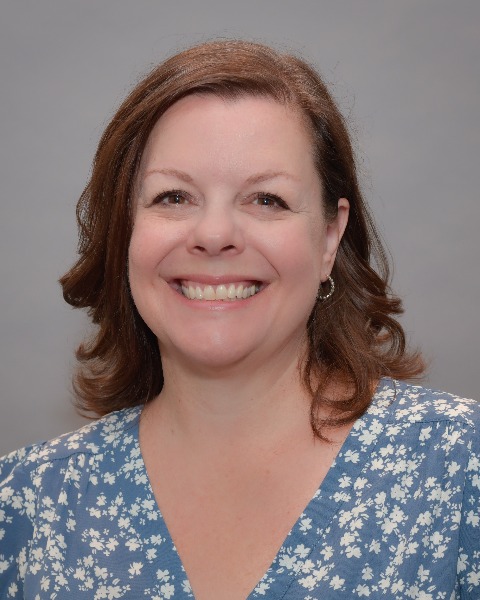Back
LGBTQIA+ and Two-Spirit
Lesbian, Gay, and Bisexual Prison Pipeline: Human Rights Challenges in Forensic Social Work
Sunday, November 13, 2022
10:45 AM – 11:45 AM
Location: Poster 12
.jpg)
Anthony P. Natale, Ph.D., MSW
Associate Professor
University of Oklahoma
Norman, Oklahoma, United States
Angela B. Pharris, PhD, MSW
Assistant Professor
University of Oklahoma
Norman, Oklahoma, United States
Author and Presenter(s)
Co-Author and Presenter(s)
Overview: Lesbian, Gay, and Bisexual people are overrepresented in forensic settings. We overview the LGB prison pipeline along with constitutional and legislated human rights. We end with a listing of crucial reforms needed, strategies for social workers, and methods for educators to raise awareness of these human and global rights atrocities.Proposal text: LGB people’s unique needs in their interactions with forensic social workers are essential to consider. For context, it is necessary to remember that sodomy, which criminalized particular sexual acts engaged in routinely by gay men, was only deemed unconstitutional by the Supreme Court in 2004 in Bowers v. Hardwick. Consequently, for most of the country’s history, homosexuality was a criminal offense punishable by jail. At years end of 2020, 68 countries worldwide continue to criminalize homosexual behavior, with 11 deeming the act punishable by death (Human Rights Watch, 2020). Despite the decriminalization of homosexuality in the United States, the civil and human rights of lesbian, gay, and bisexual people have been slow to emerge. Among those civil rights protections deemed essential to the American experience- employment, housing, education, income, health, family, and relationships. LGB individuals have only been able to access a federally recognized marriage since 2013 and employment discrimination protections since 2020.
Researchers have demonstrated that lesbian, gay, and bisexual people are overrepresented in jails in federal prisons and are three times more likely to be incarcerated than the general population. Lesbian or bisexual women represent 40% of incarcerated women. Estimates include LGBT youth as between 12 and 20% of the juvenile detention population, despite only 7% of the youth population (Kann, 2011). LGBT youth are vulnerable to many factors, including family rejection that manifests and homelessness and hostility in the foster care system or other safety net systems, which often serve as a pathway to the juvenile justice system (Mitchum & Moodie-Mills, 2014).
The incarceration rate of self-identified lesbian, gay, or bisexual (LGB) persons was 1882 per 100 000, more than three times that of the US adult population (Temple and Meyer (2017). LGB people, particularly those of color or low income, are disproportionately represented in contacts with the criminal justice system (Center for American Progress, 2016). Many factors contribute to the disproportionate contacts, including poverty, discrimination in schools in workplaces, and the history of bias, abuse, and profiling and LGB people. In addition, the criminalization of poverty, homelessness, and sex work disproportionately impact lesbian, gay, and bisexual people, and again disproportionately affects LGB communities of color (Center for American Progress, 2016).
In this presentation, the authors first focus on the LGB prison pipeline by providing definitions and examples for key terms relative to LGB people and oppression resulting from sexual orientation discrimination. The primary focus is an overview of fundamental constitutional rights afforded to incarcerated people, followed by examining human rights legislated by Congress. Next, we detail pathways influenced by heterosexism that illuminate LGB overrepresentation in forensic settings. Finally, we end with a listing of crucial reforms needed relative to LGB experiences with forensic settings, strategies for social workers to accomplish these goals, and methods for social work educators to address these human and global rights challenges.
Researchers have demonstrated that lesbian, gay, and bisexual people are overrepresented in jails in federal prisons and are three times more likely to be incarcerated than the general population. Lesbian or bisexual women represent 40% of incarcerated women. Estimates include LGBT youth as between 12 and 20% of the juvenile detention population, despite only 7% of the youth population (Kann, 2011). LGBT youth are vulnerable to many factors, including family rejection that manifests and homelessness and hostility in the foster care system or other safety net systems, which often serve as a pathway to the juvenile justice system (Mitchum & Moodie-Mills, 2014).
The incarceration rate of self-identified lesbian, gay, or bisexual (LGB) persons was 1882 per 100 000, more than three times that of the US adult population (Temple and Meyer (2017). LGB people, particularly those of color or low income, are disproportionately represented in contacts with the criminal justice system (Center for American Progress, 2016). Many factors contribute to the disproportionate contacts, including poverty, discrimination in schools in workplaces, and the history of bias, abuse, and profiling and LGB people. In addition, the criminalization of poverty, homelessness, and sex work disproportionately impact lesbian, gay, and bisexual people, and again disproportionately affects LGB communities of color (Center for American Progress, 2016).
In this presentation, the authors first focus on the LGB prison pipeline by providing definitions and examples for key terms relative to LGB people and oppression resulting from sexual orientation discrimination. The primary focus is an overview of fundamental constitutional rights afforded to incarcerated people, followed by examining human rights legislated by Congress. Next, we detail pathways influenced by heterosexism that illuminate LGB overrepresentation in forensic settings. Finally, we end with a listing of crucial reforms needed relative to LGB experiences with forensic settings, strategies for social workers to accomplish these goals, and methods for social work educators to address these human and global rights challenges.
Learning Objectives:
- articulate the Constitutional rights and Congressionally legislated rights of LGB people in forensic settings
- describe needed human rights reforms in social work systems of practice: education, child welfare, and juvenile and adult justice systems
- detail ways to integrate highlight the LGB prison pipeline in examples across social work courses
